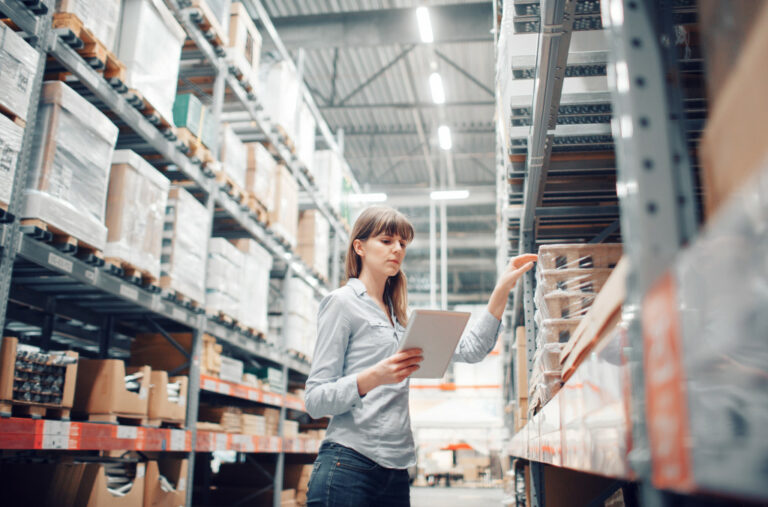Today, many industries are starting to recognize the benefits of implementing green practices and policies. One of these is reducing waste production, a common problem of conventional warehouses for years. Not being conscious of the environment can present more mishandling and damage, leading to product loss or re-packaging. This doesn’t just cost you money, but it can also harm the environment, from generating dioxins to contributing to poorly managed landfills.
Implementing such eco-conscious changes can make your warehouse more efficient, improving your bottom line. At the same time, your entire business can have the leading edge in the industry. If you want to stay competitive, experience cost-savings benefits, and have a smaller carbon footprint, these tips can help you out:
1. Upgrade Your Warehouse Tech
Modern warehouses are now investing in more advanced yet sustainable technology to manage their industrial operations and processes. Among the most prominent trends nowadays are powerful industrial PCs, perfect for saving up space and money and for the environment. These modern computers support high-speed processing and workload with minimal footprint involved. The best part is, some providers can customize them based on your unique industrial needs.
Another warehouse technology trend is machine learning, which is now being used by direct industries today. Through this, users will be able to automate their warehousing operations, handle data more efficiently, and present a broader scope of improvement. Other notable tech trends include machine-to-machine technology, voice technology, the Internet of Things (IoT), and the use of mobile devices to optimize warehouse tasks.
2. Switch to Electrical Equipment
Electrical equipment is a renowned investment in industrial facilities like warehouses. Not only do these machines make warehouse tasks easier and done faster, but they can also help minimize your facility’s carbon footprint. For instance, modern warehouses prefer electric forklifts since they don’t rely on gas or diesel fuel like older models.
Plus, newer models are designed to be energy efficient and lower emissions. They are also quieter, compact, and require less maintenance than traditional types. And while electric forklifts are more costly than the LPG models, you’ll surely save a lot more in the long term since they’re pocket and environmentally friendly. Besides electric forklifts, you can also invest in electric walkie stackers, electric walkie pallet jacks, reach trucks, and order pickers.
3. Reduce Packaging Waste
Waste input is still an ongoing concern in different industries, particularly retail. If you’re running warehouses for goods production, packaging waste is something you should focus on. E-commerce orders, for example, are among the top sources of packaging waste today. Businesses are always trying to protect their products from getting damaged until they reach the customers by using excessive packaging materials. This may look like a good thing at first. In reality, you’re saddling the consumers with the responsibility of proper disposal.
As much as possible, try to minimize your packaging. Identify how much packaging a specific item requires. Or, you can focus on reusing study storage containers and pallets for packaging. Check what return-ready designs suit the type of products or items you’re shipping. What’s more, be conscious about the packaging materials you use. Some are harmful to human health and the environment as well. Utilize biodegradable, food-grade, and recyclable materials instead of non-bio types such as plastics and synthetic polymers.
4. Minimize Water Consumption

Industrial facilities, including warehouses, have a reputation for excessive use of resources like water. Water is a precious natural resource that you should conserve and not waste. If your warehouse uses too much industrial water, conduct a usage assessment now. Check how your warehouse workers use water at work, from manufacturing operations to personal daily needs like using the bathrooms. From there, you can determine what specific solutions you need to implement.
For instance, if you want your employees to learn how to work with less water, you can install automatic shut-off fixtures. You can also invest in water storage containers to control the usage within your warehouse. However, know that you can’t always force your staff to reduce their water usage, especially when using onsite washrooms or employee sanitation. What you can do is switch to low-pressure faucets and energy-efficient toilets.
From cutting utility costs to boosting sustainability, there are many perks in running a green warehouse. Make your sustainable goals easier to reach by following our tips here. Tackle these green changes one or two at a time and give your team time to adjust and develop new sustainable habits. Creating a green warehouse may require upfront costs, but the benefits will surpass all that.




